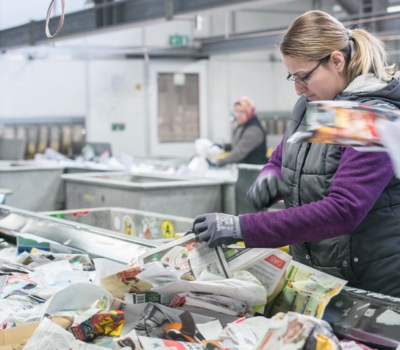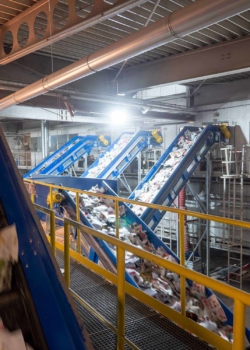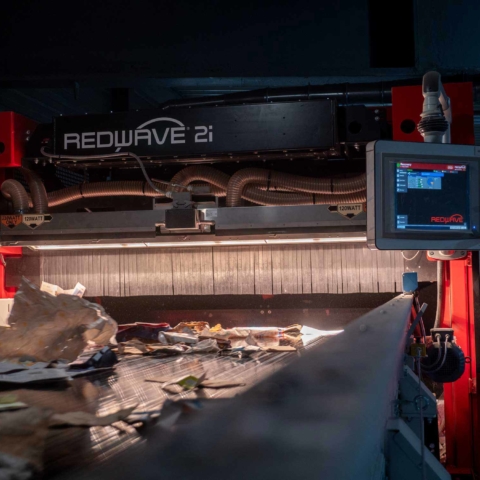PAPER AND CARDBOARD
Paper recycling, which has been around for more than six centuries, has grown significantly in recent years and is expected to continue to grow. In addition to economic reasons, the need to recycle also arises in part for public interest reasons to reduce the amount of paper flooding landfills
We take:
- Waste paper from manufacturing (e.g. windscreen waste)
Waste paper from the printing industry - All type of paper packaging waste
Information
In October 2025, Loacker also joined the MOHU system, expanding our residential and corporate services to include the collection of paper packaging waste covered by the system. For more information, visit the MOHU services page.





CORRECT DISPOSAL OF PAPER AND CARDBOARD
Cellulose, a natural raw material for paper production, can form hydrogen bonds by drying in aqueous solution. This opens the door to paper recycling, as the recovered cellulose fibres are torn during the pulping process in paper mills. Cleaning and treatment of the pulp requires sophisticated equipment and a variety of chemicals to ensure that the final product meets even the most stringent hygiene and cleanliness standards.
However, as the fibres are re-processed and re-pulped, the quality of the fibres deteriorates and, in theory, the fibre structure collapses. Thus, in order to maintain strength and other properties, primary fibres are added to the pulp and the reprocessing process removes the damaged fibres.
Recycled paper appears to be a single, uniform raw material, although in practice it is produced from a number of quite different types of paper and board. The paper recycling industry obtains its raw material from a myriad of different sources; the paper collected is sorted, grouped by type and processed to some extent to facilitate handling, transport and then remanufacturing. These functions require a wide variety of modern tools and equipment and the industry itself provides a very important secondary service. Those who create recyclable paper, from printers to households, would have to pay for the removal of waste paper if it were not transported and processed by the waste processing industry. The more secondary materials the paper and board industry uses, the less costly problems local authorities will face in disposing of waste.
ADATAINK
Kérdése van, vagy tanácsra van szüksége projektjéhez?
ÁRLISTÁK
Árlistáink és egyéb letöltések
© Copyright 2022 Loacker Hulladékhasznosító Kft., all rights reserved
Deutschland Österreich Schweiz Slovensko